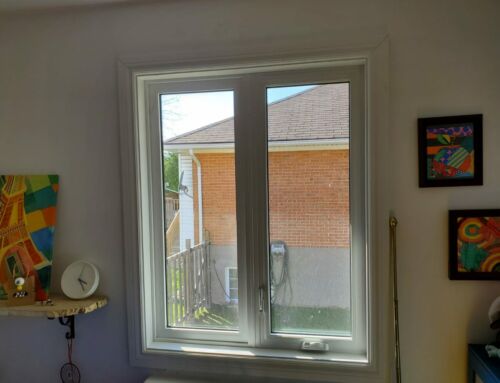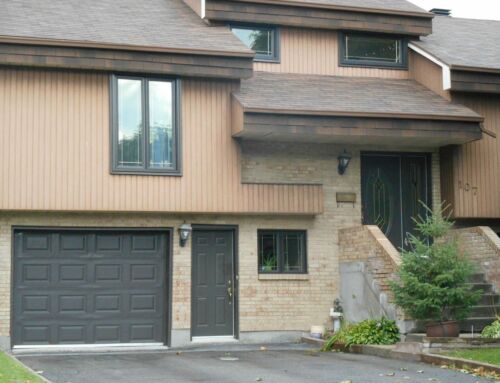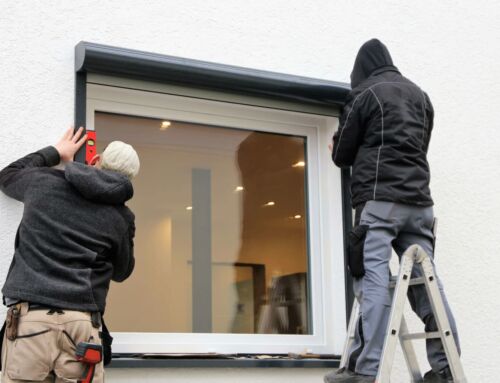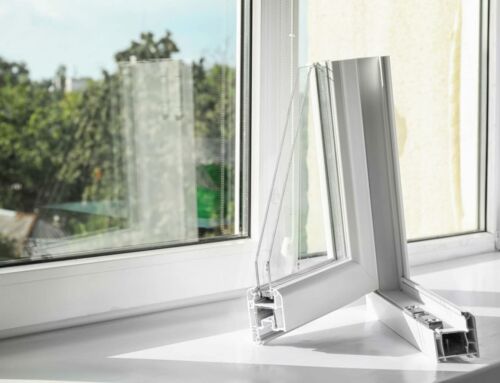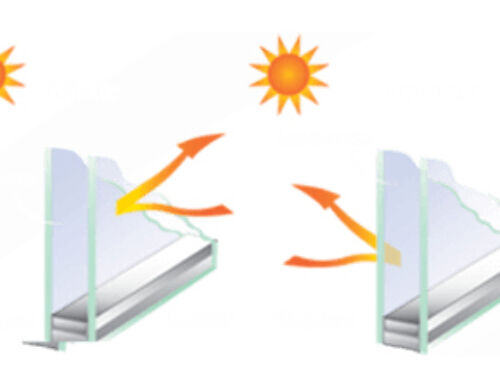 What is a window condensation?
What is a window condensation?
Condensation forms on windows when the temperature of the surface of the glass or frame is lower than the one of the humid air surrounding it. The water vapor in the air changes to liquid water when in contact with these cold surfaces. Condensation most often occurs at the edges of the glazing, which is the place where cold air is most likely to infiltrate. Our findings show that condensation can reduce the amount of natural light entering the window, which affects visibility. It can also cause stains, mold and flaking paint on surfaces near the window.
Prevention techniques
Manufacturers use multiple techniques to increase the condensation resistance of windows:
- Low-E for low emission, a practically invisible metallic layer which reduces heat transfers, thus preventing heat from entering the house during the summer and going out during winter.
- Argon gas, an inert gas injected between the two panes. It is heavier than air and less conductive.
- The interlayer, the frame that separates the two panes. It reduces condensation at the bottom of the windows and prevents excessive cold along the glass.
- PVC, which is non-conductive and therefore produces less condensation.
Energy efficient windows are less likely to allow condensation to form. However, their resistance to condensation depends on the humidity level inside.
Shade
On sunny winter days, keep the curtains open to let in as much heat as possible.
Interior window accessories such as curtains, blinds, and valances should not prevent air from circulating around the surface of a window. Any restriction on air circulation will increase condensation on the window.
Heat registers and heaters
Heat loss is greater from windows than from adjacent walls, even if the windows are energy efficient. Our research indicates that windows that have a heat source under them are less likely to accumulate condensation than others. When the heating system is on, the air temperature will be higher near the windows than in the center of the room, which will increase the resistance to condensation. However, you must be careful to prevent the hot air from the heating vents or baseboards from directing onto the interior surface of the glazing.
Humidity in your home
For better comfort in the colder months, it is best to keep some humidity in the house. Often, poorly performing windows, doors and skylights will accumulate condensation or frost even if the indoor humidity is at a reasonable level. In addition to obscuring the view, this condensation can lead to the formation of mold on the frames. With an energy efficient product that is ENERGY STAR® qualified, higher indoor humidity is required for condensation to form.
By properly controlling the humidity in your home, you could even lower your thermostat without compromising your comfort level. Because humidity levels are usually higher in bathrooms and kitchens, consider installing a suitable product labeled ENERGY STAR® in these rooms to reduce or eliminate condensation in windows.
To avoid internal condensation problems, please refer to the following table:
Control of the relative humidity of the indoor air
If there are signs of excess humidity in your home, increase ventilation. If you experience this problem only once or twice during the winter, you can alleviate or resolve it by briefly opening two opposite windows or turning on a kitchen exhaust fan or bathroom. If condensation problems persist in your home, consider installing an air exchanger. Try using a system with a heat recovery device that controls relative humidity.
Tips for reducing humidity
- Use outdoor kitchen and bathroom exhaust fans when cooking, bathing or showering.
- Interior window accessories such as curtains, blinds, and valances should not prevent air from circulating around the surface of a window. Any restriction on air circulation will increase condensation on the window.
- If you have a crawl space under your house, cover the clay with a layer of 0.15 mm (6 mil) polyethylene. It may be necessary to ventilate the crawl space during the summer.
- Make sure your basement is well drained and protected against excess mold, and that the gutters and the slope of the land surrounding the house drain rainwater away from the house.
- Store firewood outside.
- Some airtight houses were built without a mechanical ventilation system. If there is a chronic humidity problem, consider having a heat recovery ventilator (HRV) system installed.


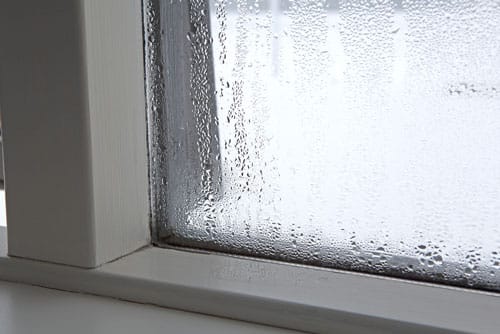 What is a window condensation?
What is a window condensation?